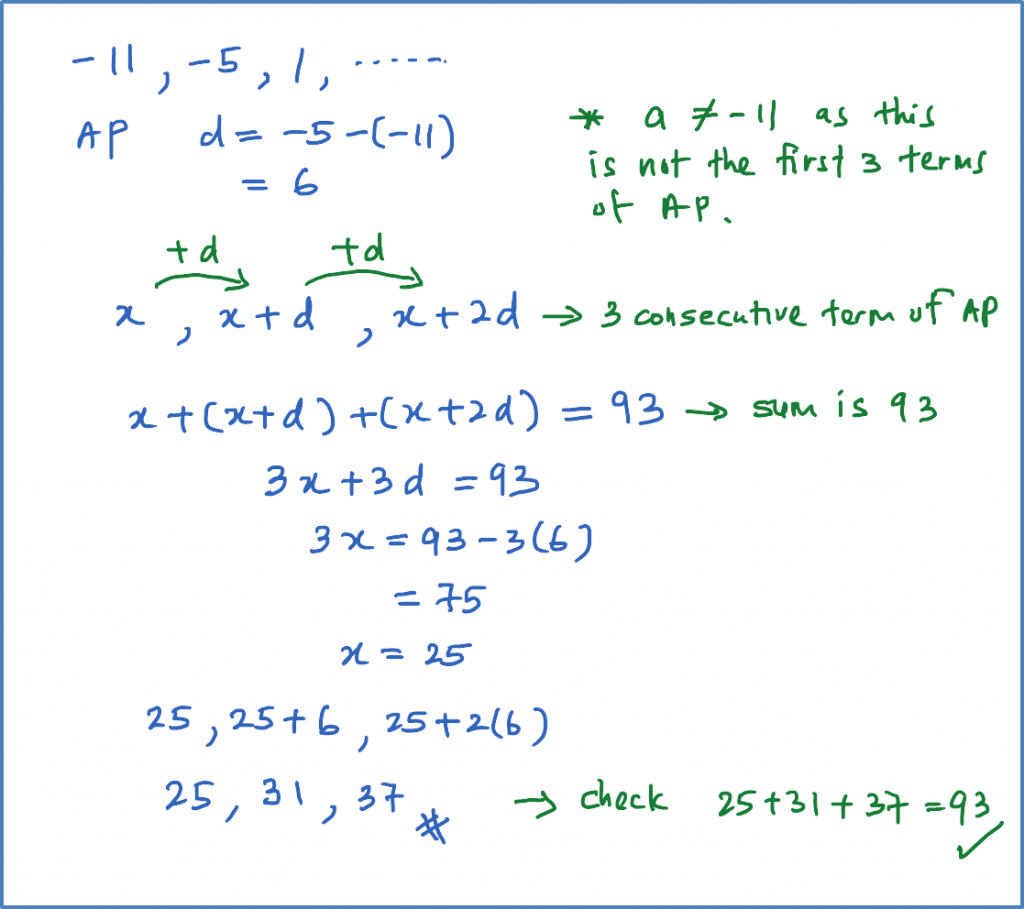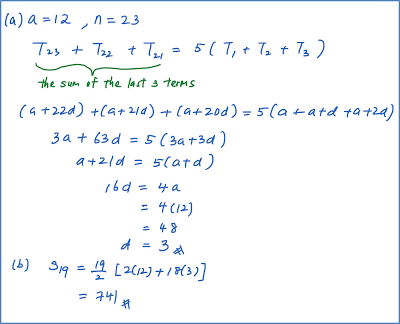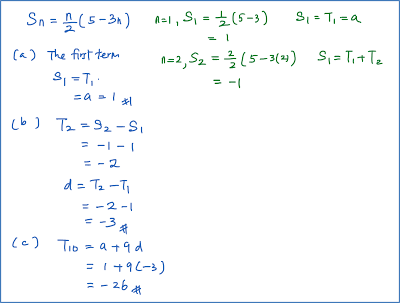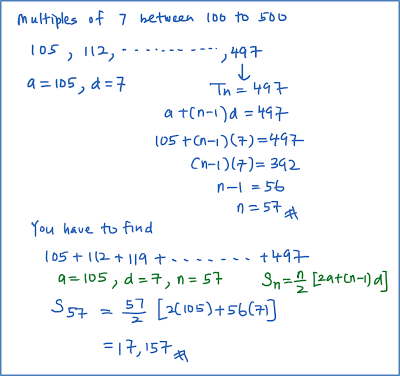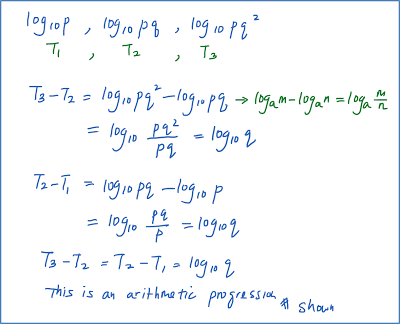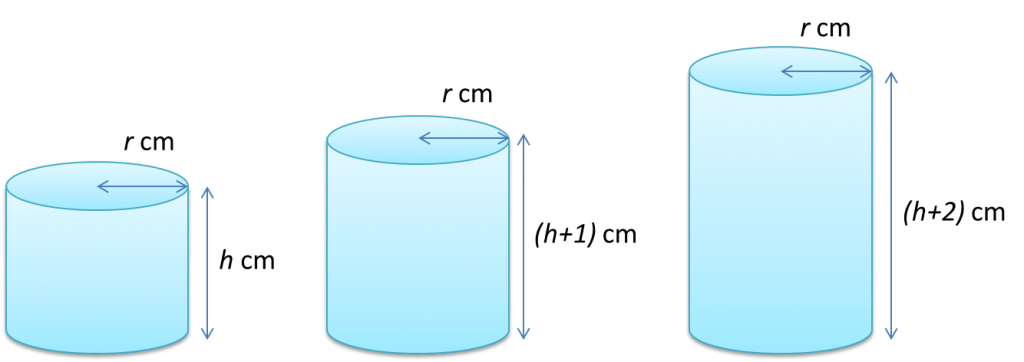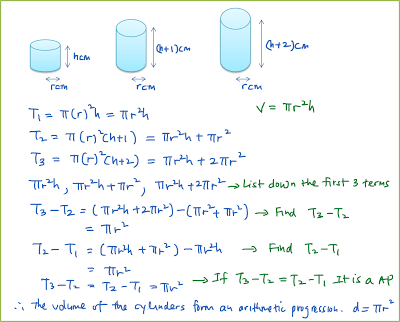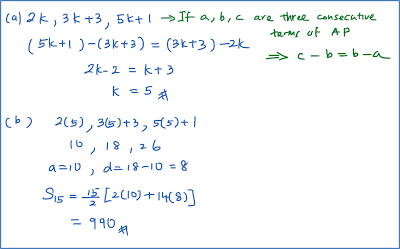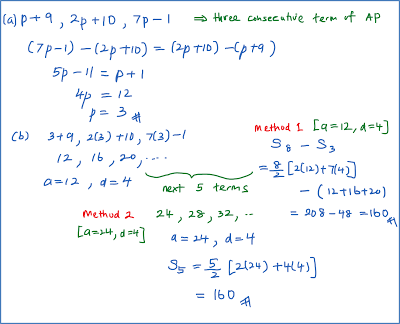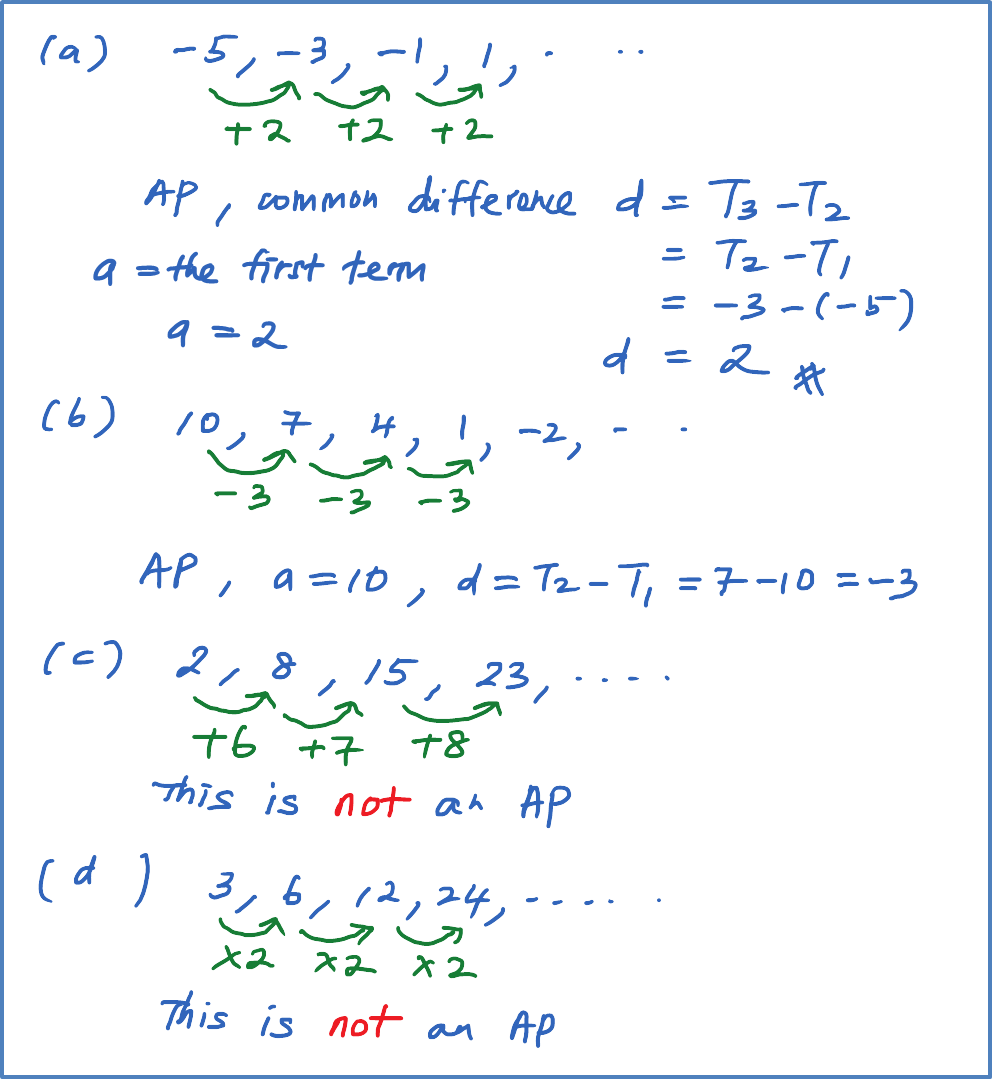Examples:
Reduce each of the following equations to the linear form. Hence, state the gradient and the Y-intercept of the linear equations in terms of a and b.
(a)
(b)
(c)
(d)
(e)
(f)
[Note :
X and Y cannot have constant, but can have the variables (for example x and y)
m and c can only have the constant(for example a and b), cannot have the variables x and y]
Reduce each of the following equations to the linear form. Hence, state the gradient and the Y-intercept of the linear equations in terms of a and b.
(a)
(b)
(c)
(d)
(e)
(f)
[Note :
X and Y cannot have constant, but can have the variables (for example x and y)
m and c can only have the constant(for example a and b), cannot have the variables x and y]









